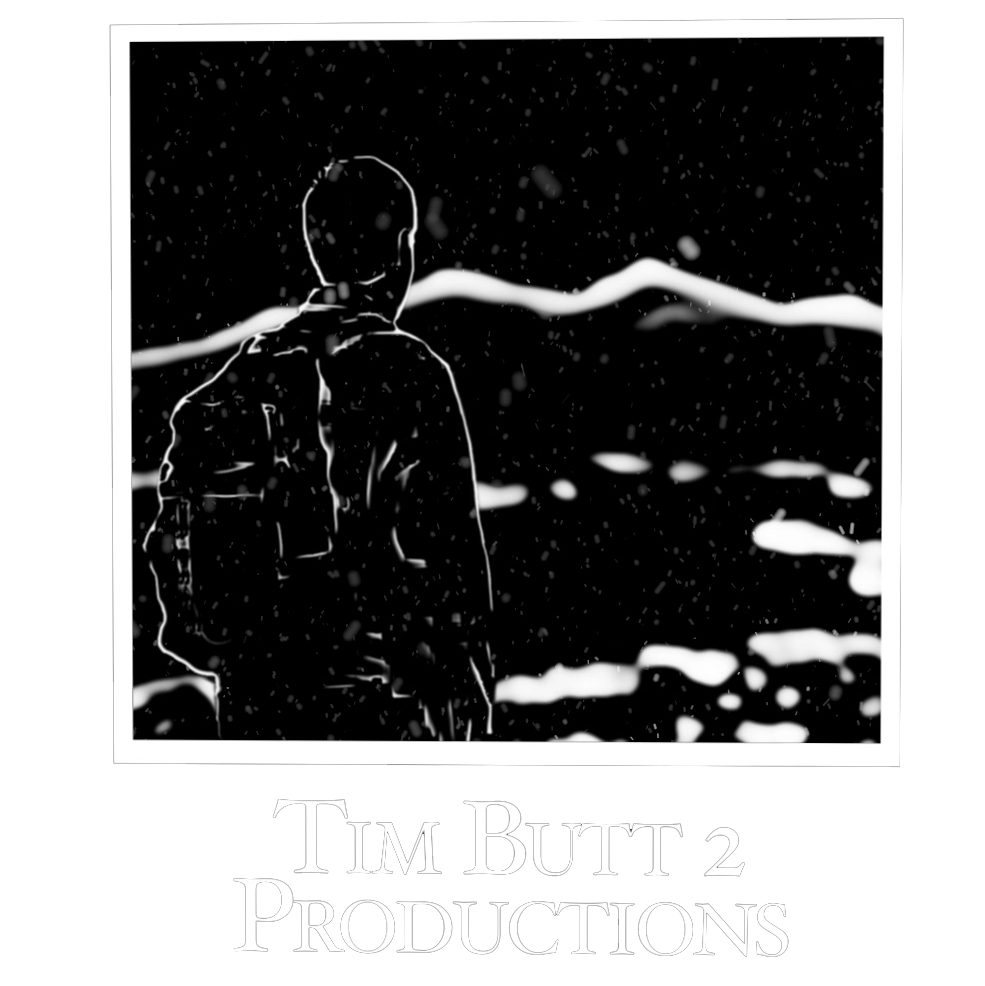From the 19th Century into the 21st Stereoscopic Images are a Home Commodity
The Nineteenth-Century proved to be one of great technological advances, whether it was in industry, transportation, or home entertainment. There were many means of entertainment during this century; the theater, vaudeville, the opera, the symphony, art museums, etc., however most of these were experiences that one had to travel away from home in order to experience. Not the case when one chose to stay at home with a good book, or play a game of chess with their kids. Half a century before people showed up in droves at movie theaters to see moving pictures they were able to see and own photographs in their home… and many were stereoscopic photographs. The demand for stereoscopic photographs was high in the period between 1851-1930. The occupation of stereoscopic photographer was held by amateurs and professionals alike, which made the domestic life of any person who sought to be successful in this career worthwhile.
From Page to Screen | Realism to Neorealism
From the time that audiences were shown a black and white motion picture of a train pulling into a train station, and tried to flee the theater for fear that they would be run over by it, film has used realistic elements to stimulate audiences to care about the characters and the plot they are entangled in. Actors and actresses, whose pretty faces shined bright in front of the many eyes of the world's populace, played these characters but they never uttered an audible word. Then sound was added and playwrights, who had been influenced by the realism and naturalism movement in the mid-nineteenth-century, were brought in to make the dialogue naturalistic, and actors had to find their voices. When certain people thought that "talkies" would never catch on, they were proven wrong, just like later when those who thought that color would never become mainstream were. With color, and a wider screen size for a field of view more akin to human eyes, audiences were able to experience movies as if they were real events happening in front of their very eyes. For the last century film has sought to achieve realism in the technical aspects, with 3D being the next evolutionary step, and beyond the technical with regards to the narrative.
Good Strong Men Should Always Avoid Duplicitous Femme Fatales in Film Noir
A deliciously stunning blonde is something to beware. Unlike the dumb blond jokes told so often at the work place, in the realm of film noir a blonde is not to be taken so lightly. That cunning brain will play dem looks to her advantage, coyly showing weakness and big watery eyes. It's the cynical, in over his head protagonist who'll get caught up in whatever scheme she's cooked up, and generally take the fall for her. Disillusioned because of a tarnished past, or perhaps obsessive sexual desire the hero clamors his way through a tight dark place to barely come out surviving, and ultimately losing.
